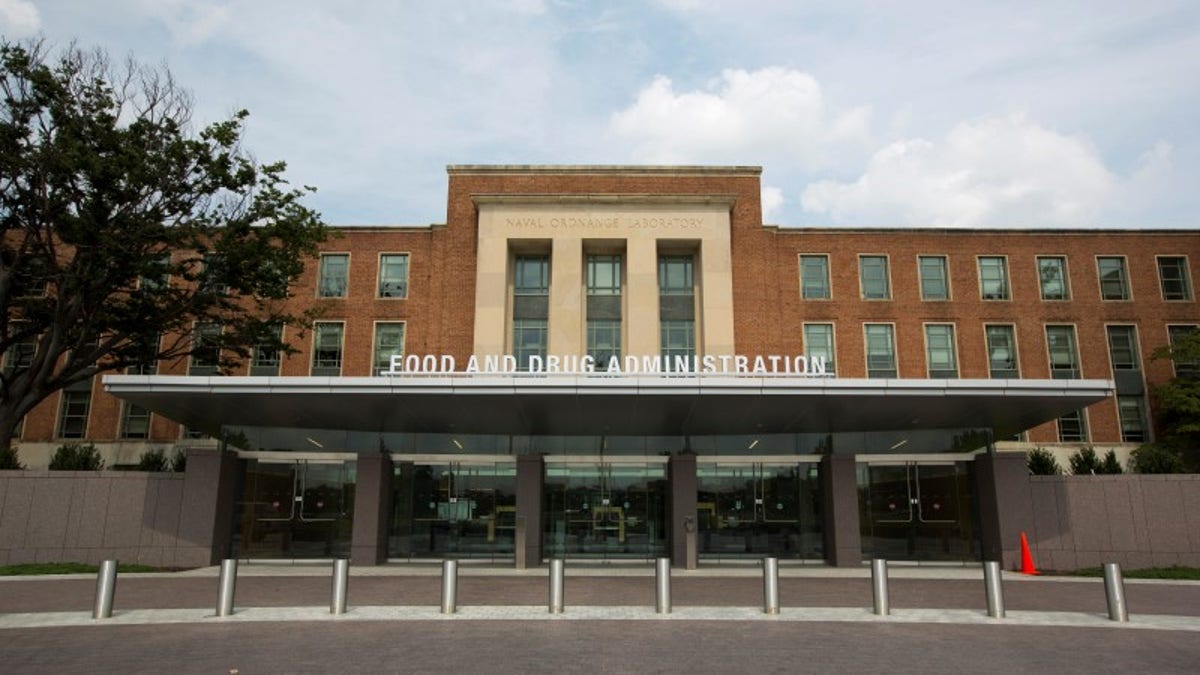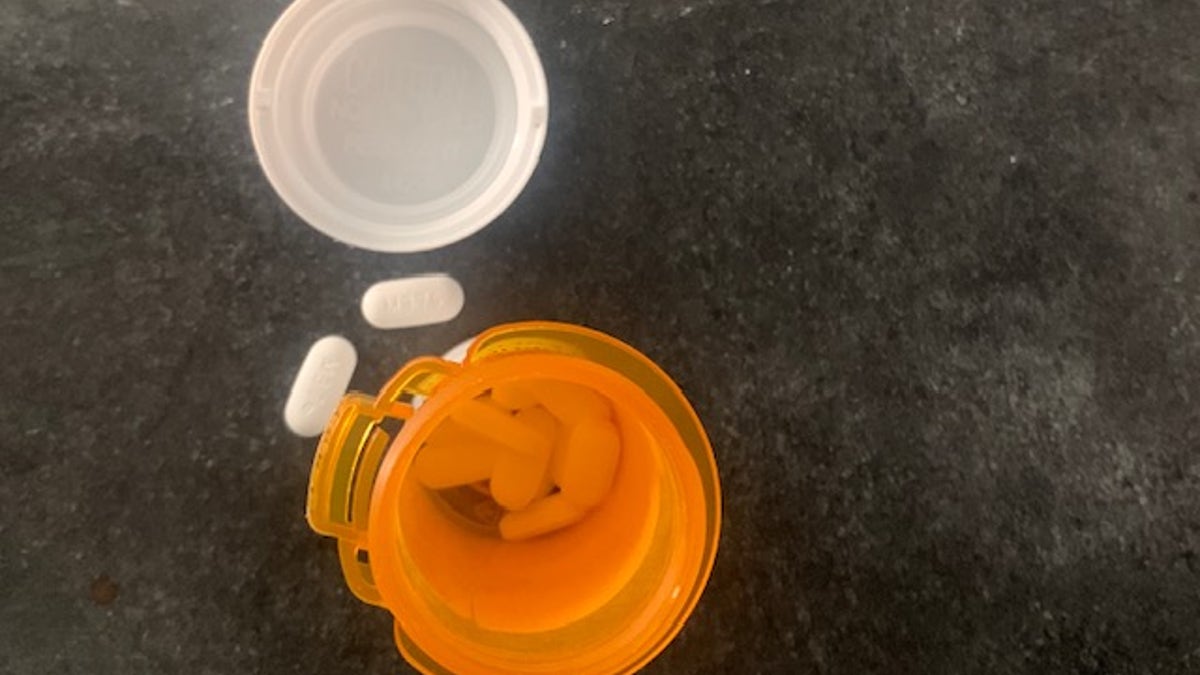President Trump: China was putting out false info about COVID-19
President Trump address false information put out by China that the U.S. military gave them coronavirus
The dramatic proliferation of the coronavirus, also termed COVID-19, has U.S. officials on an accelerated mission to bring the production of life-saving medicines back to U.S. shores and away from the control of the Chinese government.
"The U.S. is uncharacteristically overreliant on drugs from China, and it's not a sustainable model," Das Nobel, founder and CEO of the New York-based product-and-supply service MTX Group. "The U.S. government must prioritize its strategic planning to incentive the U.S. Manufacturing organization and assist in bridging the gap in manufacturing cost versus gross profit."
But just how doable, and cost-effective is such an endeavor?
Dan Field, chief medical officer for MDstaffers and an emergency physician, pointed out that the biggest advantage of such a move is obviously avoiding shortages and critical dependency on China, but overcoming the drastic spike in costs will require some careful planning.
TRUMP DEFENDS USE OF PHRASE' CHINA VIRUS,' DESPITE DEMANDS FROM CHINA TO STOP
"Historically, the production of medicines for the U.S. population has been domestically based. However, in recent decades, drug manufacturing has gradually moved out of the United States. This is particularly true for manufacturers of active pharmaceutical ingredients (APIs), the actual drugs that are then formulated into tablets, capsules, injections, etc." Field continued. "As of August 2019, only 28 percent of the manufacturing facilities making APIs to supply the U.S. market were in our country. By contrast, the remaining 72 percent of the API manufacturers supplying the U.S. market were overseas, and 13 percent are in China."

People wearing protective face masks wait in a queue to get temperature check before entering a bank in Beijing, Wednesday, March 11, 2020. For most, the coronavirus causes only mild or moderate symptoms, such as fever and cough. But for a few, especially older adults and people with existing health problems, it can cause more severe illnesses, including pneumonia. (AP Photo/Andy Wong)
Indeed the spread of the novel virus throughout American shores in recent weeks has underscored the long-held worry regarding the U.S.'s "over-reliance" on Chinese pharmaceutical production. America essentially ceased domestic production of penicillin around 2004, which at the time was regarded as a positive move to save big bucks on generic drugs. But in more recent years, it has spawned a cacophony of concern.
As it stands, the U.S. does not make the overwhelming majority of medicines at home and for years has been dependent on the cheap and mosaic supply chain that has its origins in China. In fact, over 80 percent of pharmaceuticals sold in the U.S. – in addition to crucial medical equipment, including face-marks – come from China. Even India, which makes up around 24 percent of drug imports to the U.S., depends on China for its supply of core chemicals needed to manufacture the generic drugs.
According to Harry Kazianis, senior director of Korean studies at the Center for the National Interest, the overreliance on China took hold shortly after the country joined the World Trade Organization (WTO) in the year 2000.
"Considering the geopolitical and economic challenge the United States faces from an authoritarian China, Beijing now can use its control of the ingredients that make many of the drugs — and entire classes of drugs them make in complete form — as leverage in any dispute with Washington."
Specifically, China cultivates the ingredients needed for the vast portion of medicines Americans need to stay alive – from blood pressure remedies and antibiotics to paracetamol, antiviral drugs, and fever reducers.

A view shows the U.S. Food and Drug Administration (FDA) headquarters in Silver Spring (Copyright Reuters 2016)
Several bipartisan bills, including the "Pharmaceutical Independent Long-Term Readiness Reform Act," are currently awaiting further action, all with the intention of urging and even forcing pharm back into U.S. borders and away from Chinese domination.
President Trump last week took more urgent action on the matter, signing an executive order to pave the way for masks and related respiratory needs to be American made amid the time of frantic shortage and crisis. The intention of the order is to close legal loopholes, streamline the tangle of red tape and encourage companies to manufacture products in the U.S., rather than China.
Beyond Beijing's capacity to control the market and the critical drug flow, the Department of Defense has long raised red flags about such dominance being of a national security concern.
The sudden coronavirus pandemic has brought to light the glaring flaws in such a system, with factory closures trickling down. Last week, Food and Drug Administration (FDA) Commissioner Stephen Hahn told Congress that more than 200 drugs were in shortfall.

While the U.S. government has funded research in recent years for small-scale drug manufacturing operations and research, those in the medical realm insist a lot more money – are a loosening of stringent codification and laws
While the U.S. government has funded research in recent years for small-scale drug manufacturing operations and research, those in the medical realm insist a lot more money – are a loosening of stringent codification and laws. Field stressed that "advanced manufacturing," a collective term for new medical product manufacturing technologies that can improve drug quality, address shortages of medicines, and speed time-to-market, need to be bolstered on our home shores.
"Every field has a different set of production techniques that are considered advanced. They often integrate novel technological approaches, use established techniques in a new or innovative way, or apply production methods in a new domain where there are no defined best practices or experience," he explained.
IRAN RELEASES 85,000 INMATES AS CORONAVIRUS SWEEPS THROUGH PRISONS: 'WE'RE ALL ILL'
To further address costs of the move-away-from-China model, some lawmakers and analysts are now advocating for other U.S. territories and/or nearby nations – such as Puerto Rico and Mexico – to be incentivized and tasked with taking the baton from China and becoming the central nucleus for U.S. drug manufacturing.
"We would need to work on getting overall costs down to make such drugs — or Americans would need to be willing to pay more," Kazianis said. "I believe they would if they knew that China could stop their medications from being produced at a moment's notice — that is worth paying an extra cost as we know that if drugs are made at home, they would not be subject to the whims of a dictatorship that has millions of people in concentration camps due to their religious beliefs."
From his stance, there are several steps that Washington can take to strengthen this resolve.
"The Trump administration should make drug manufacturers disclose directly via labels on the drugs Americans buy where they were made from or where the majority of the ingredients came from — that should wake people up to the problem, and fast," he said. "The Trump administration should consider grants for any company—that do not need to be paid back—to lower the overall startup cost of U.S. drug manufacturing."
And Ken Mahoney, president of the New York-based Mahoney Asset Management, underscored that the Made-in-America label has the capacity to revolutionize the medical field, of which the U.S. is already the world's leader in drug discovery, and bring scores of jobs close to home.
"It would be a major investment to build more production facilities here in the U.S. The advantage would be that we can then be self-reliant – like the oil reliance we had with OPEC – and wouldn't have to be 'blackmailed' by China," he noted. "It could take a year or two to build facilities because of all the steps involved from manufacturing standards etc. [The U.S. could]] give tax credits/ breaks to the pharmaceutical companies to build here, and to be less reliant on China, and create jobs here in the U.S."
CLICK HERE FOR COMPLETE CORONAVIRUS COVERAGE
As of Tuesday afternoon, at least 145 countries had confirmed cases of the coronavirus, with the U.S. battling the eighth highest number of cases globally at more than 5,000 official diagnoses. While the vast majority of those who are infected recover, more than 7,500 people have already succumbed to the pathogen, with some 93 deaths inside the U.S.
"We can never outsource the health and wellbeing of our nation like China," Kazianis added. "We would never allow critical drugs to be made in Russia. Why would we ever consider this to be a good idea? There is no amount of money worth saving to allow this (reliance) to continue."

